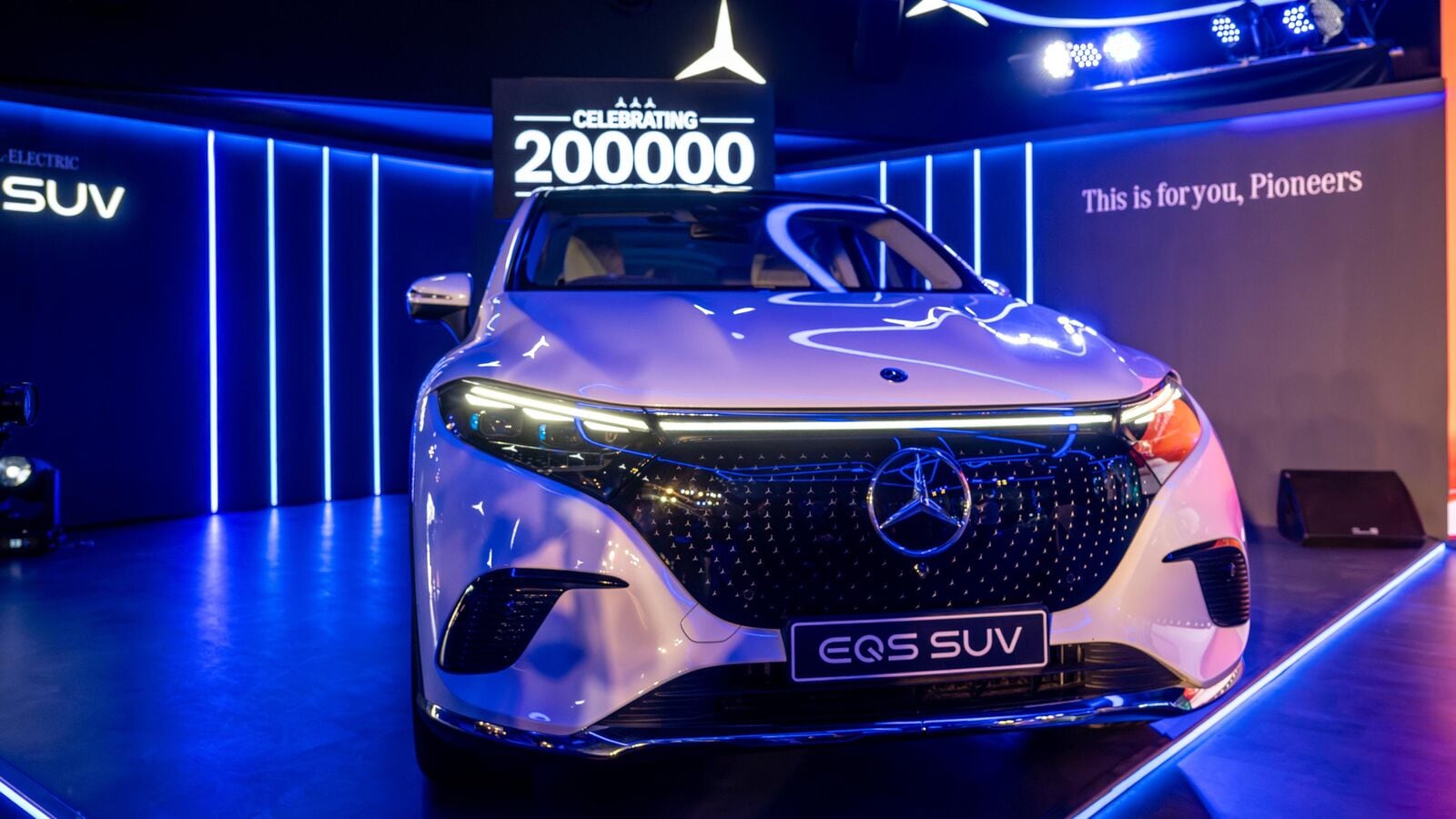U.S. client hobby in buying electrical automobiles is rising rapid, however American citizens nonetheless stay much less assured within the era than their out of the country opposite numbers, in line with a find out about through the EY consulting and accounting company.
Greater than 20 p.c of American citizens surveyed through EY in March and April stated they’d imagine a battery-electric car for his or her nearest automotive acquire, up 15 p.c from a past previous, probably the most vital bounce within the find out about. Just about part stated they’d imagine an electrified car — which incorporates plug-ins and hybrids — up 19 p.c from a past previous, additionally the largest build up within the division of the 2023 EY Mobility Shopper Index. The index integrated responses from 15,000 shoppers globally. About 1,500 respondents had been U.S. shoppers.
EV-friendly insurance policies within the U.S., such because the Inflation Relief Employment, have speeded up hobby, EY stated, however the U.S. nonetheless trails a lot of the arena in EV attention. Automotive consumers in Norway, China, Singapore, Republic of India, Sweden, South Korea and Austria had been much more likely to imagine a BEV than U.S. shoppers.
Greater than part of shoppers globally stated they’d purchase an electrified car. Just about 90 p.c of respondents stated they’d pay a top rate for EVs, up from 80 p.c a past previous. Maximum stated they’d pay a top rate of eleven to twenty p.c.
EY discovered prime gas prices had been the lead motivation for buying an EV. The common value for a gallon of habitual gas within the U.S. used to be $3.48 on the finish of March, when the survey used to be fielded, in line with AAA.
Blended with executive aid, the gas costs may just proceed to push EV attention, stated Randy Miller, EY’s world complicated production and mobility chief.
“China ended its subsidies in 2022 yet had continued to see EV momentum,” Miller stated. “The real challenge for manufacturers is whether consumer inclination toward EVs will persist and what measures will need to be taken in the event that fuel prices decrease.”




